Dear Bunker,
Last week I released an episode of the Transition on “How-To Build A World-Class Pitch Deck” with William Lutz from the New Jersey Innovation Institute. If you haven’t listened to last week’s episode, make sure you listen to it! Today’s newsletter will make a lot more sense once you do.
Whether you plan on raising capital or not, the exercise of putting together your deck will force you to think through the ins and outs of your business model.
Some believe the pitch deck has replaced the traditional business plan. Either way it’s a strong asset to have in your arsenal and below are some of my notes from last week’s episode.
The slides that should be included in your deck.
1) Problem Slide
2) Solution Slide
3) Product Demonstration
4) Elevator Pitch
5) Market Size
6) Business Model
7) Go-To Market Strategy
8) Team
9) Unfair Advance
Now, lets break each one down below.
The Problem & Solution Slide
This is an opportunity you see in the market place that’s currently not being met, and has the ability to be addressed by a new venture. For example, for the last year, I’ve been working on developing a daily writing habit. Unfortunately, my efforts haven’t been successful, until recently when I came across an online writing course called Ship 30 for 30, a 5-week cohort-based course teaching you the fundamentals of becoming a Digital Writer. But unlike other writing courses, you put your learnings into practice by writing and publishing online every day for 30 days.
Let’s Breakdown Ship 30 for 30’s Value Proposition.
The Problem: It’s hard to develop an online writing habit, despite the known benefits of publishing content on social media, blogs, and other online publications.
The Solution: Develop a daily writing habit by publishing online for 30 days straight.
The Product: Ship 30 for 30, a 5-week cohort based teach course that teaches you the fundamentals of becoming a digital writer, where you put your learnings into practice by writing and publishing online every day for 30 days.
Here’s an important point that Will emphasized in the podcast, “don’t make your solution, you’re product.” Make your solution the desired outcome of your ideal customers, .i.e being able to develop a daily writing habit. The product is the vehicle used to accomplish this.
Product Demonstration
Once you’ve clearly identified the problem and solution, the next step is demo your product. Will recommends you record a video demonstrating the product in action by either yourself or some of you customers. For small businesses with Consumer Packaged Goods or Services, this works as well.
Try to make the product demonstration as flawless as possible. Whenever I pitch IRONBOUND Media, I show our podcast and our pre-production framework as our product demo.
Elevator Pitch
Your elevator pitch is quick 30-60 second explanation of where you frame the problem, solution, product, and business model. At it’s core, your elevator pitch is meant peak interest from potential investors, convey clarity regarding your business model, and obtain a follow conversation or meeting.
Will recommends telling a story of the day in the life of your ideal customer/user. For example, the following is the story I used to win the New Business Model Competition at NJIT for IRONBOUND Media:
“Tiffany is a MBA student at the New Jersey Institute of Technology. Each morning she wakes up, eats breaks, and sits down at her laptop for a day of remote learning. Because classes are online due to the global pandemic, Tiffany spends upwards of 5-6 hours sitting at her computer, and is out currently at her wits in. Unlike her friend Tracey, getting her MBA at Rutgers University, which allows students to listen to courses/lectures via podcast, preventing zoom fatigue, and creating a much more enjoyable learning experience. At IRONBOUND Media, create, distribute, and grow, limited-edition podcast series for brands, organizations, and educational institutions, in an effort to create engaging audio content that listeners love”
You can see how I was able to position our value proposition using the day in the life example.
Market Size Opportunity
For your market opportunity, you want to convey the potential opportunity for the industry you’re targeting as whole. For tech investors, there looking for a market big enough to obtain 10X returns. For small businesses, you need to demonstrate a market need big enough to generate consistent monthly revenue.
On the podcast, Will breaks the markets down into the following subcategories. You’ll start at the Macro level (National & Global Stage) then work your way down:
Total Available Market
This Sets the stage for how big the market is that you’re going after. Think the national and global level.
Total Addressable Market
This is the market you can reasonably service in an ideal world. Think how big it would be if your company had 100% market share. This lets the investor understand what the opportunities are as you grow and build your business.
Serviceable Obtainable Market
What’s reasonable obtainable. Over the long term, what can you honestly obtain, and what your revenue will be in 10 years or so. This is where you craft a realistic picture for investors, setting up your go-to market strategy.
Since my company, IRONBOUND Media is a small business, I decided to focus my market opportunity on the State of New Jersey, where I planned to target accelerators and incubators. I also included alternative verticals.
Your Business Model
This is where you demonstrate how to your business generates revenue. I recommend sticking to the following acronym, K.I.S.S. (Keep It Simple Stupid). When you confuse you lose!
For example, if you have a Software-As-A-Service (SAAS) platform, then your revenue is either tied to individual users at a monthly or yearly cost, or an enterprise account. If you sell a CPG, then you’re revenue is tied to the number of products you sell. If you’re a professional service firm like me, you should still productize your offerings in the form of packages, such as bronze, silver, and platinum, with fixed cost for each.
Go-To-Market Strategy
This is where you demonstrate how you plan to raise awareness for your products or service, and get traction in the market place. Examples include the following:
Attend meet up events in industries with your ideal clients/users.
Create educational content in the form of podcast, blog post, etc.
Identifying and collaborating with channel partners, who already have accounts with your target market.
Personally, I’m a big fan of Allan Dib’s book “The 1-Page Marketing Plan: Get New Customers, Make More Money, And Stand out From The Crowd.” It’s a great book to help you start to think through how to put together a simple and exceptionable marketing plan. Strategy is great, but execution is key!
Your Team
This is where you display confidence to investors that “you’ve got the right people, on the right bus.” This includes the founders and your technical expertise, as well as the Advisor board members with industry expertise.
For example, if you have a venture in the food service industry, it would make sense to have a veteran of the industry, who knows the ins and outs of how it works. You should also think about covering gaps, such as having a Business Development expert and inbound marketing expert. Your goal is to display confidence and that you’re thinking strategically on how to execute your vision.
Unfair Advantage
This is where you build a moat around your venture and demonstrate what makes you uniquely qualified to capitalize upon it. One example of an unfair advantage is the veteran and military spouse network. For those who aren’t veterans, it’s a lot harder for them to build trust and credibility within the community. As a result, we have relationships with veterans and military spouses we’re able to leverage, in industries all across the country and all across the world.
Another unfair advantage could be your experiences. For example, as an amateur boxing coach with over 15 years of experience fighting and coaching, as well as running a national recognized amateur boxing program, I know a thing or two about boxing. I’ve built 15 years of goodwill in the space with relationships and credibility to show for it. That’s an unfair advantage for my nonprofit arm, IRONBOUND Boxing.
Final Hacks
Here are couple hacks to consider as you finalize your pitch deck.
Use your slides as opportunity
Rather than label them Problem, Solution, Etc. make them specific and stand out.
For Example, for the Problem slide for IRONBOUND Media is “Zoom Fatigue is Real!
Demonstrate Traction
Show proof that you’ve validated your business model with paying clients, even if it’s just pre-sales. This demonstrates you’ve identified a problem in the market place, and validated that people are willing to pay you to solve it. The more traction the better!
Bring the energy
You have to sell investors on your venture. You need to be confident and engaging. Don’t be a bore. If you need to practice public speaking, then by all means do so.
Let me know what I missed!
I know this newsletter was a little bit longer than usual, but I hope this is something you can revisit time and time again. If I left anything out or you have comments you’d like to contribute, please leave them below.
For next week’s Newsletter, I’ll go over how to bootstrap a business.




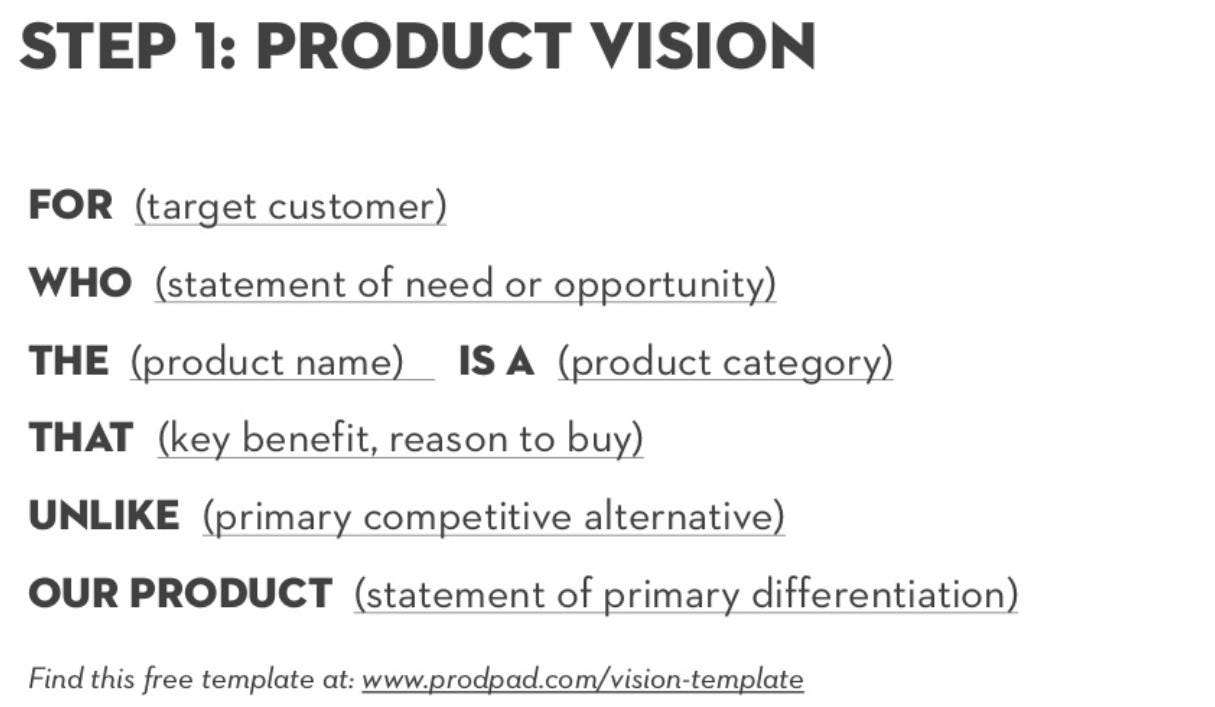
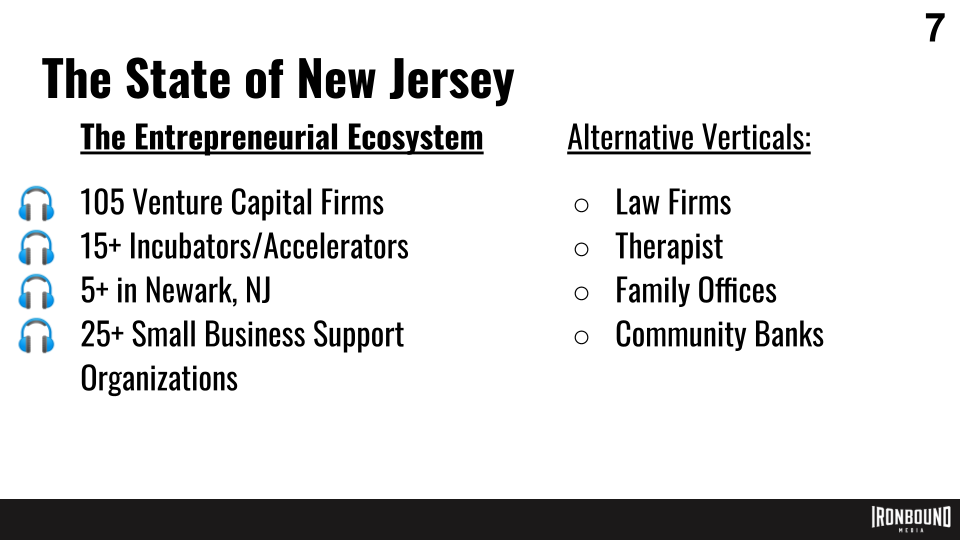

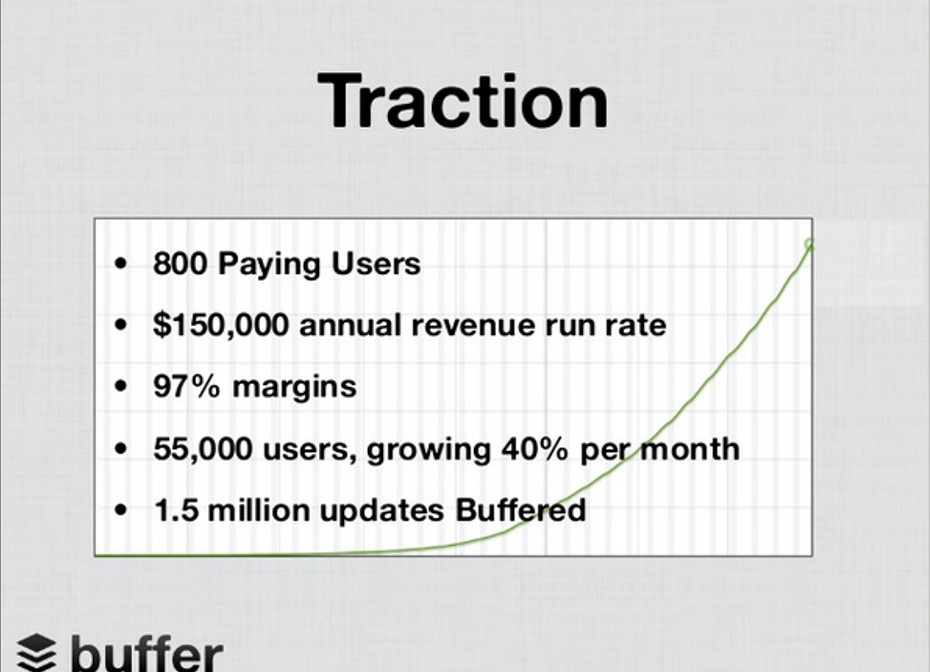



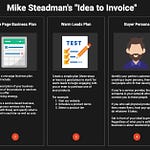

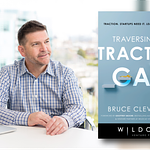
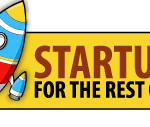



The Slides That Every Pitch Deck Needs